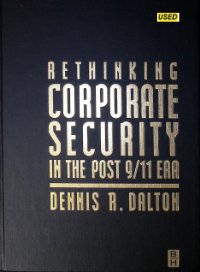MICHAEL C. MAXFIELD AND RONALD V. CLARKE
In their compelling book, "Understanding Car Theft," authors Michael C. Maxfield and Ronald V. Clarke delve into the intricate world of vehicular theft. With a keen eye for detail and a wealth of research at their fingertips, Maxfield and Clarke provide a comprehensive analysis of the factors driving car theft, the methods used by thieves, and the strategies for prevention.
This insightful work not only explores the criminal motivations behind car theft but also sheds light on the social and economic implications of this pervasive crime. By synthesizing empirical data and theoretical frameworks, the authors offer readers a nuanced understanding of how car theft intersects with broader issues of law enforcement, urban planning, and public policy.
"Understanding Car Theft" is an essential read for academics, practitioners, and anyone interested in the complexities of auto crime. Maxfield and Clarke's expertise shines through in this meticulously researched and thought-provoking exploration of a crime that affects countless individuals and communities worldwide.
Crime Prevention Studies Volume 17. Criminal Justice Press, Monsey, NY, USA. Willan Publishing, Cullompton, Devon, UK. 2004. 251p.





















